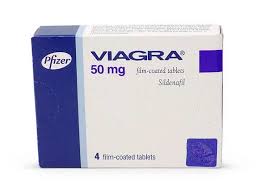Vasopressin
Here is a more elaborate and sophisticated examination of Vasopressin, delving into its molecular biology, receptor interactions, systemic effects, clinical relevance, and contemporary research pursuits. Molecular Biology of Vasopressin Gene: The precursor of vasopressin is encoded by the AVP gene located on chromosome 20p13. Synthesis: Synthesized as a preprohormone within the hypothalamus, specifically in the…



